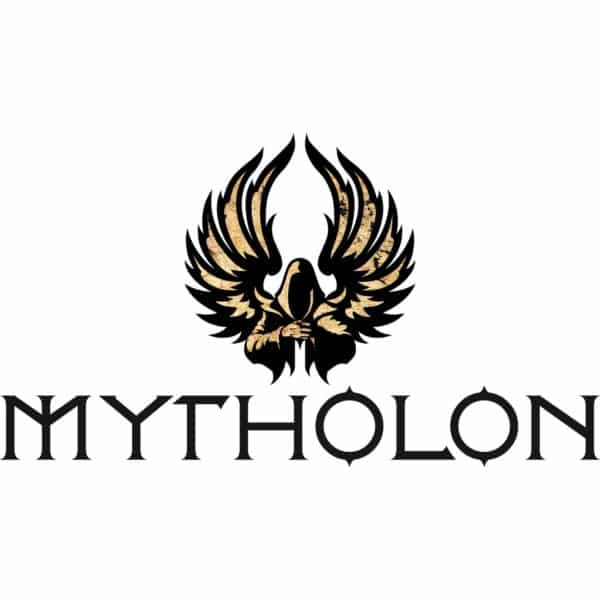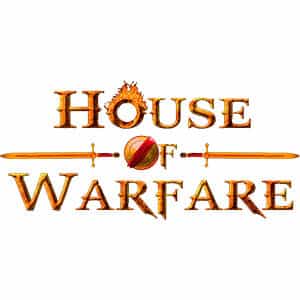In the closing years of the 12th century, a new and energetic Pope set out to ‘reclaim’ the city of Jerusalem from its occupation by Saladin’s Ayyubid successors. The Fourth Crusade was preached, once and for all, to secure the Holy Land for Christendom. Sailing on a fleet of Venetian ships the like of which the Mediterranean had never seen, thirty-thousand warriors of God would land in Egypt and strike at the heart of Ayyubid power in Cairo.
At least, that was the plan.
But even before the Crusaders left Venice, things began to go awry. Far from engaging in a holy war against an implacable Muslim foe, the Crusaders rampaged down the east coast of the Mediterranean, stealing silver and valuables wherever they could. Finally, they achieved what the barbarians of antiquity never did: they ransacked the city of Constantinople (modern-day Istanbul), installing a Westerner as Byzantine Emperor, and significantly hastening the end of the Eastern Roman Empire. Of the thousands of Western Christians who set out, only a few dozen would reach the Holy Land. Nowhere in Medieval history is there a greater gap between the loftiest of aims, and the basest of actions.
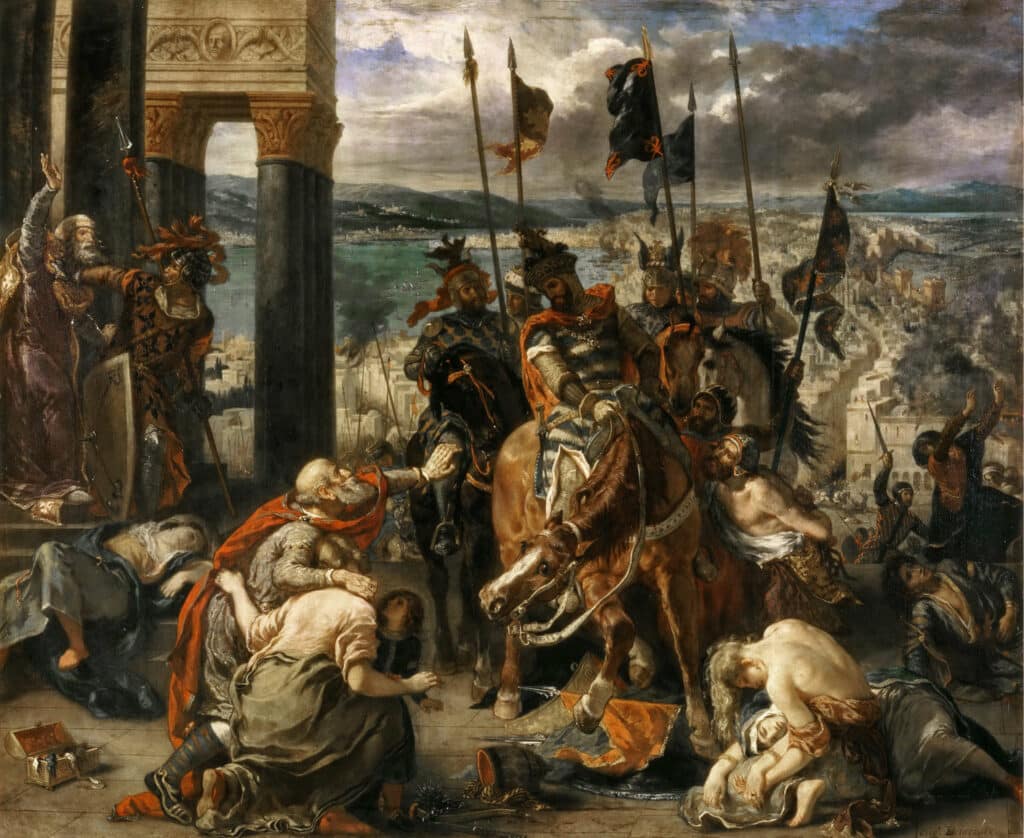
So how did the Fourth Crusade go so spectacularly wrong? When we look in detail at what happened during the Fourth Crusade, we can see how an unfortunate debt, created by an overly-ambitious and interventionist Papal See, gave temporal moneylenders critical leverage over the Crusaders, diverting it from angelic aims toward very material goals. And, ultimately, we will see how the sack of Byzantium was not some terrible perversion of Crusader ethics – but rather the logical extension of the heady mixture of religion and colonialism which lay at the heart of the Crusader creed.
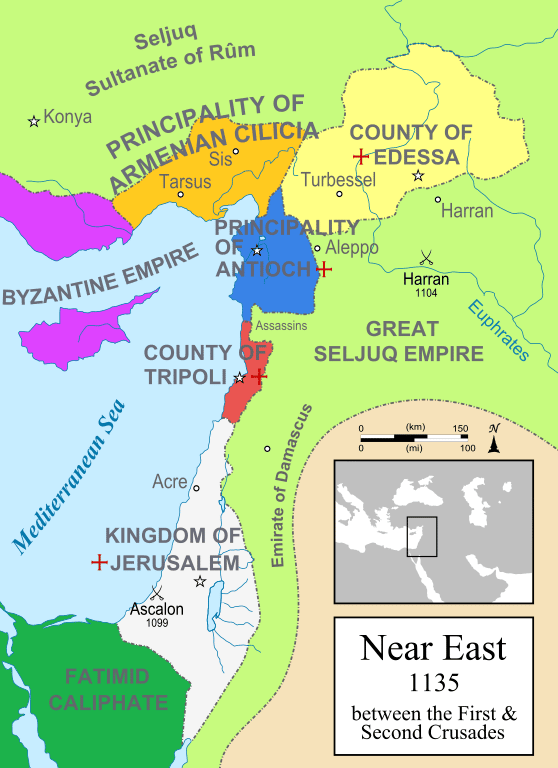
Western Christian Crusaders had had a permanent presence in the Levant since the First Crusade seized the city of Jerusalem in 1099 CE. Rather than returning home laden with holy honors (and cartloads of stolen wealth), many of the Crusaders carved out a series of feudal kingdoms in the region from the local Islamic governorates, ruling them as Kings of Jerusalem, Princes of Antioch, and so on. These states, known as the Crusader States, dominated the region for around a century, acting as extractive feudal projects to funnel wealth upward from the mixed Muslim and Levantine Christian population to the ruling ‘Franks’ (a generic term for Western Christians in the Crusader context, stemming from the many French Crusaders). This cosy arrangement was brought to a crashing halt by a spectacularly adept Kurdish Sultan of Egypt named Yusuf ibn Ayyub ibn Shadi, better known in the West as Saladin, who knocked over the Crusader Kingdom of Jerusalem, incorporating the city and most of the Crusader states’ territory into his sprawling Ayyubid Sultanate.
The Third Crusade, sent to dislodge Saladin in 1193 CE (the one with Richard the Lionheart and Orlando Bloom in Kingdom of Heaven) was masterfully defeated by the Sultan, and ended in bitter recriminations between the Crusaders. The only other Christian force in the region was the Byzantine Empire – but they had been of little help during the Third Crusade, and the Crusaders had very nearly come to blows with them. The Byzantine court, legendarily murderous and corrupt, was in a particularly vicious phase of self-destruction, the administrators of the navy having sold off the Byzantine fleet ‘down to the very nails’, outsourcing any naval activities to the only remaining Mediterranean naval power the Venetians – who will become critically important to our story. Hence, militarily outclassed by Saladin and bereft of any aid, the Levantine Franks found themselves penned up in a handful of coastal cities such as Acre and Jaffa. Thus at the close of the 12th century, most of the Holy Land, including the city of Jerusalem, was under the suzerainty of Saladin’s sons. All that remained to the Crusader states was a narrow strip of coastline between Jerusalem and Antioch. And this was simply intolerable to the new Pope.
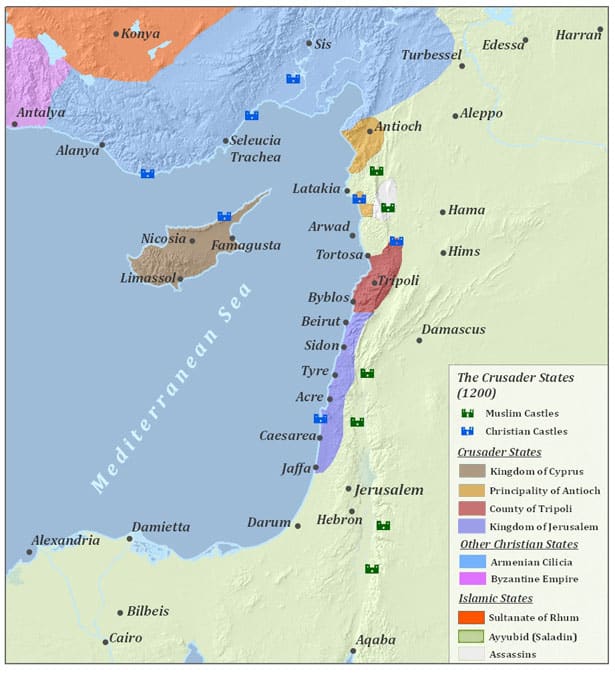
Lotario dei Conti di Segni had been born into a long line of Popes. Or, rather, his house, the Counts of Segni, had produced nine of them. In the ruins of the ancient Roman Septizodium in January 1198 CE, Lotario was elected to be the tenth – taking the Papal name of Innocent III. Where even a couple of hundred years later the Papal office was more of a spiritual rubber-stamp for powerful and wealthy temporal rulers (and where today, the separation of Church and State exists, at least on paper), Innocent III became Pope at the very height of Papal power. In a letter to some Tuscan elites, Innocent sums it up himself:
“Now just as the moon derives its light from the sun and is indeed lower than it in quantity and quality, in position and in power, so too the royal power derives the splendor of its dignity from the pontifical authority”
In short, the Papacy in this period believed that all secular rulers’ power was merely a reflection of the power of the Pope. This was quite a claim – and one which Innocent would act upon throughout his reign, refusing to be drawn back to the days of the Investiture Controversy. In time, Innocent would intervene into the affairs of almost every state in Europe, annulling consanguineous marriages, receiving whole kingdoms in vassalage, even throwing the election of the Holy Roman Emperor – but his first target was the Holy Land. Innocent saw the fall of Jerusalem to Saladin as a divine judgment against the degeneracy of Western Christian nobility – and he determined to put it right.
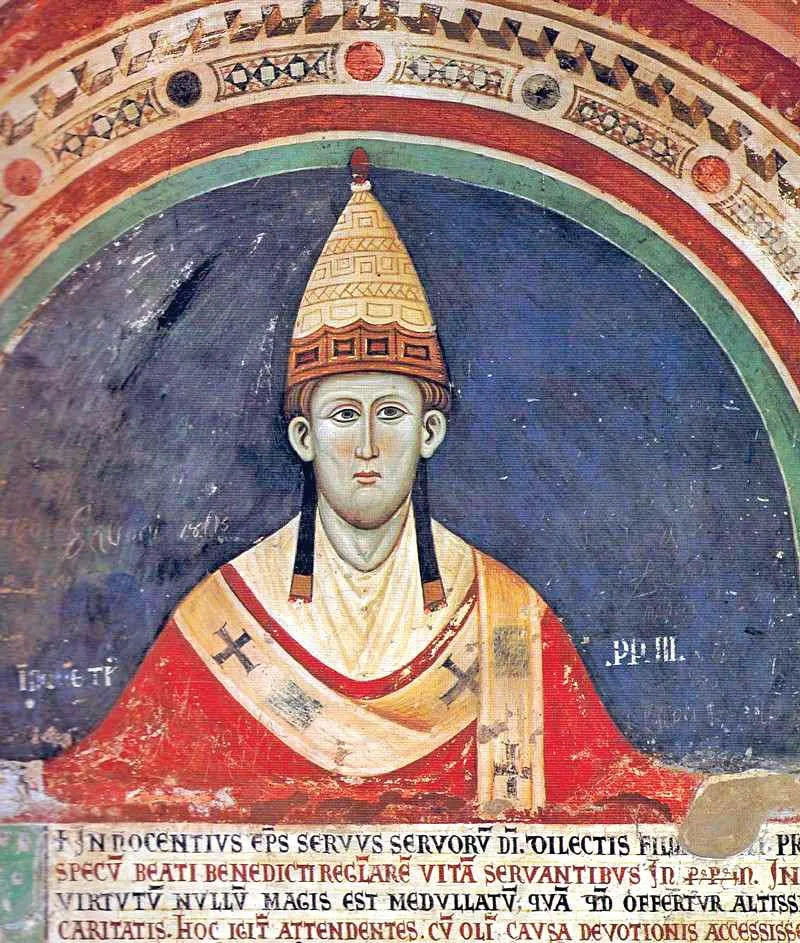
Only eight months after his election, Pope Innocent issued a Papal bull entitled ‘Post miserabile’ (‘after, sadly’, referring to the capture of Jerusalem), declaring the Fourth Crusade in August 1198 CE. Like many previous Papal documents, it aimed to settle the squabbling European monarchs by turning them outward against largely invented insults and persecutions issued by Muslim rulers in the Middle East (Saladin, for example, executed prisoners far less frequently than his Crusader opponents, and deigned not to revenge the slaughter of Jerusalem’s Muslims by Crusaders in 1099, permitting the city’s Franks to leave without their valuables).
The past Crusades had been declared by the Pope, who would act as a sort of PR advocate, leaving the nuts and bolts of organization to the rulers of Europe. However, ‘Post miserabile’ was very different: it set out administrative tasks and goals (as well as the spiritual and temporal rewards for participating Crusaders) in great detail, showing that Innocent III intended to be a driving organizational force in the Crusade. He envisioned 34,000 Crusaders borne across the sea by a vast fleet, and taking the heart of Ayyubid power in Egypt. As we shall see, having a strongly interventionist Pope complicated things somewhat, to put it mildly.
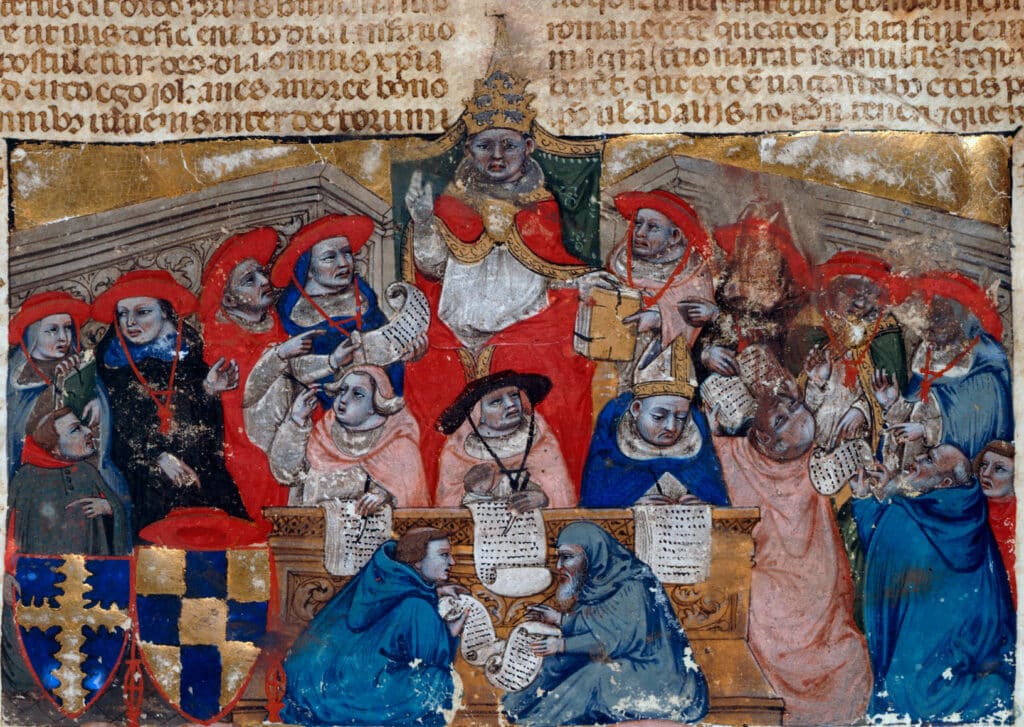
As we saw during the Third Crusade, the Byzantines (the usual port-of-call for aid in the Middle East) were paralysed by infighting and graft – and so the only power capable of ferrying such a vast number of Christian soldiers across the Mediterranean was the Venetian Republic. A wealthy and powerful mercantile republic led by an elected leader called the Doge, Venice had sewn up High Medieval Mediterranean trade in the waning years of the Byzantines. But even the Venetian fleet wasn’t large enough to transport this legendary army of 34,000. So Papal legates drew up an agreement with Doge Enrico Dandolo that the Venetians would purpose-build a fleet capable of doing it – in return for a sizeable share of the holy proceeds. So, the Venetians suspended almost all of its trading operations for a full year to concentrated solely on the creation and manning of a vast fleet comprising of an eye-watering 500 ships. Venice was a city of around 75,000 at this time – and the fleet would have required at least a quarter of the whole city’s population to sail.
However, things began to go wrong for the Fourth Crusade almost immediately. When the Crusader leaders – Boniface of Monferrat, who was elected leader of the expedition due his military experience and his connections to the Byzantine court, the sour-faced Baldwin of Flanders and the rest – met in the spring of 1202, they noticed a serious problem: the Pope had been massively overoptimistic in his numbering. Of the expected 5,000 knights, 9,000 squires and 20,000 footsoldiers, little more than a third had turned up in Venice (modern estimates place the total number of Crusaders at about 12,000).
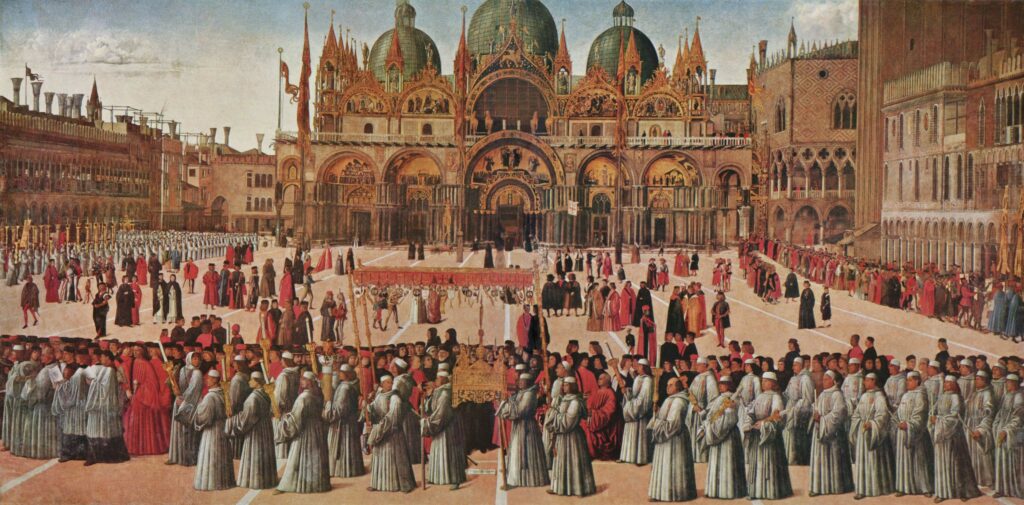
The Pope’s call had been met with polite replies – but ultimately, the rulers of Europe were mostly preoccupied with temporal affairs. The English and French monarchies were locked in struggle over the Angevin lands in Western France; Holy Roman Emperor Henry VI had plegded to join the Fourth Crusade, but he died before the rendezvous in Venice, throwing the Hohenstauffen-Welf Cold War over the Holy Roman Imperial throne into open conflict. In short, virtually none of the crowned heads of Europe could spare the time or resources for the Crusade, far less to participate personally. Unfortunately for the motley assortment of nobles who decided to turn up anyway in pursuit of holiness and Levantine loot, they were almost immediately taken into Venetian custody, and in order to make the first down-payments on the oversized Venetian fleet, they had to pawn most of their equipment, horses and finery – but that didn’t even come close to covering the debt.
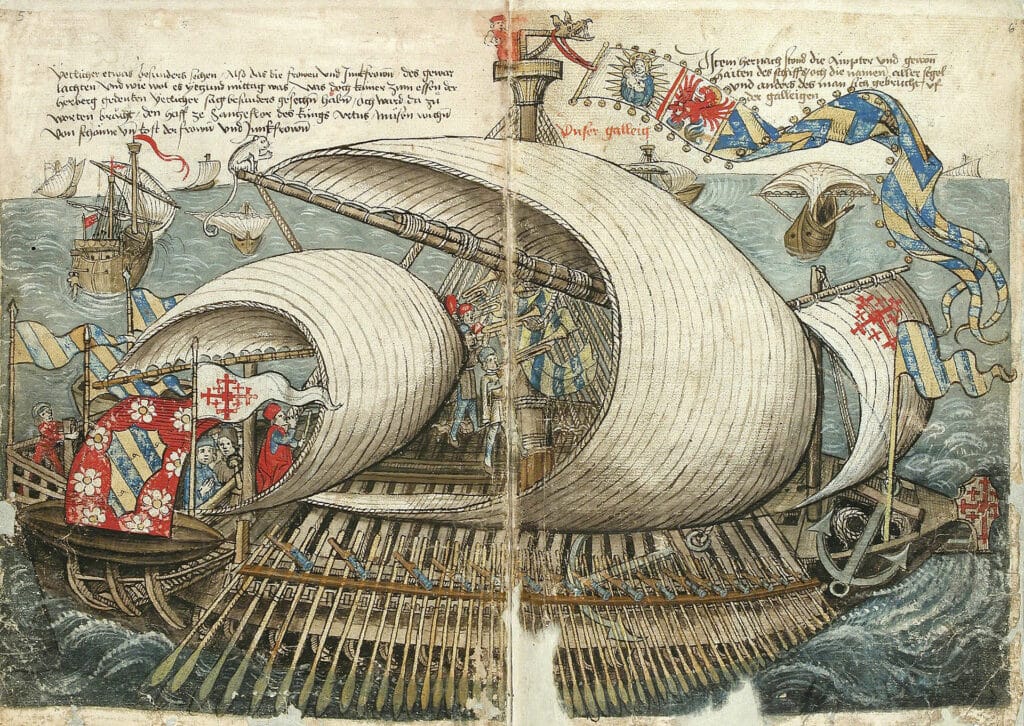
There is a phrase: ‘When you owe the bank a million dollars, you have a problem. When you owe the bank a billion dollars, the bank has a problem.’ – and this is the situation which Venice now found itself in. It had mortgaged a year’s worth of trade on the Pope’s promises – in return for only a small Crusader army that barely filled a third of their boats, who would be slaughtered the moment they landed on Egypt’s well-defended shores. The Venetians knew this – but at the same time, they needed a way to recoup their costs without losing the prestige of aiding the Crusade. So they hit upon the idea of having the Crusaders pay for themselves by raiding the other merchant towns on the Adriatic coast – despite the fact that these were, of course, all Christian lands. To give this the air of Crusader legitimacy (and to keep a close eye on their debtors), Doge Dandolo joined the Crusade in a public ceremony, despite being very old and very blind.
The Crusaders and the Pope’s representatives had a series of hurried conferences – we have only a scant handful of sketches of these meetings from later chroniclers, but we can only imagine their frustration at being caught between a rock and a hard place. A large contingent led by Simon de Monfort (father of that Simon de Monfort) refused to participate in the scheme and set out for the Holy Land separately – and even the Crusade’s nominal leader Boniface of Montferrat made his excuses and left the Crusade. But the vast majority of the Crusaders agreed to the Venetian terms – and (over the written protests of the Pope) they set out to ransack the towns to the east of Venice, culminating in an amphibious attack on Zara (modern-day Zahar in Croatia) in November. The inhabitants of the city flew sheets marked with red crosses from their windows, to plead with the Crusaders that they too were Catholics, but to no avail. After a brief siege, the city was sacked, and the Venetians recouped some of their debts in the spoils of war.
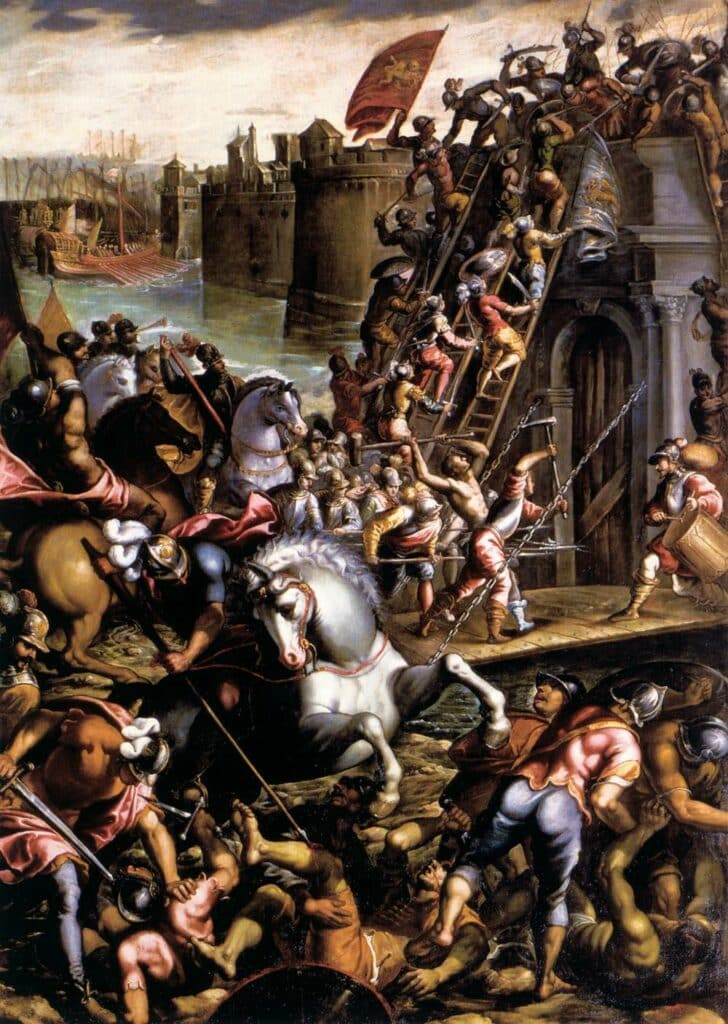
So – we’ve gone from 34,000 Crusaders sailing across the Mediterranean to Egypt for the glory of God, to about 12,000 Crusaders raiding the Adriatic coast to pay off their Venetian creditors. When the Pope heard of the Crusaders’ actions, he blew a gasket. The city of Zara was under the dual protection of the Papacy and King Emeric of Hungary, who himself was a Catholic and who was even planning on joining the Fourth Crusade – it had clearly been targeted by the Venetians in revenge for its rebellion against Venetian overlordship a decade earlier. In response to the furious letters from King Emeric (and doubtless pretty cheesed off himself), the Pope took the ultimate sanction and actually excommunicated his own Crusade. When the Papal legates accompanying the Crusade received the damning documents, they conferred with the Crusader leaders, and they all agreed that if the mass of Crusaders found out then the whole venture would collapse – and so they suppressed the excommunication (Pope Innocent later cooled off and rescinded the excommuncations of the non-Venetian Crusaders, and so very few of the Crusaders ever found out that they had been excommunicated!).
Seated amongst the smouldering ruins of the city of Zara, the Crusaders wondered what to do next – and it was then that they received an offer that they couldn’t refuse. Having stepped over the Rubicon of attacking other Catholic cities, the Fourth Crusade was about to plunge off the precipice. Greed, debt and Mediterranean power politics would collide to send the Crusaders even further off track. Far from reclaiming the Holy Land, the Fourth Crusade would end in disgrace with the fall of the last remaining outpost of the Roman Empire. In Part 2, we shall see that the absent Boniface of Montferrat will return with an exiled prince and a hatful of impossible promises – and the disgraced Crusaders will set out to sack the city of Constantinople.

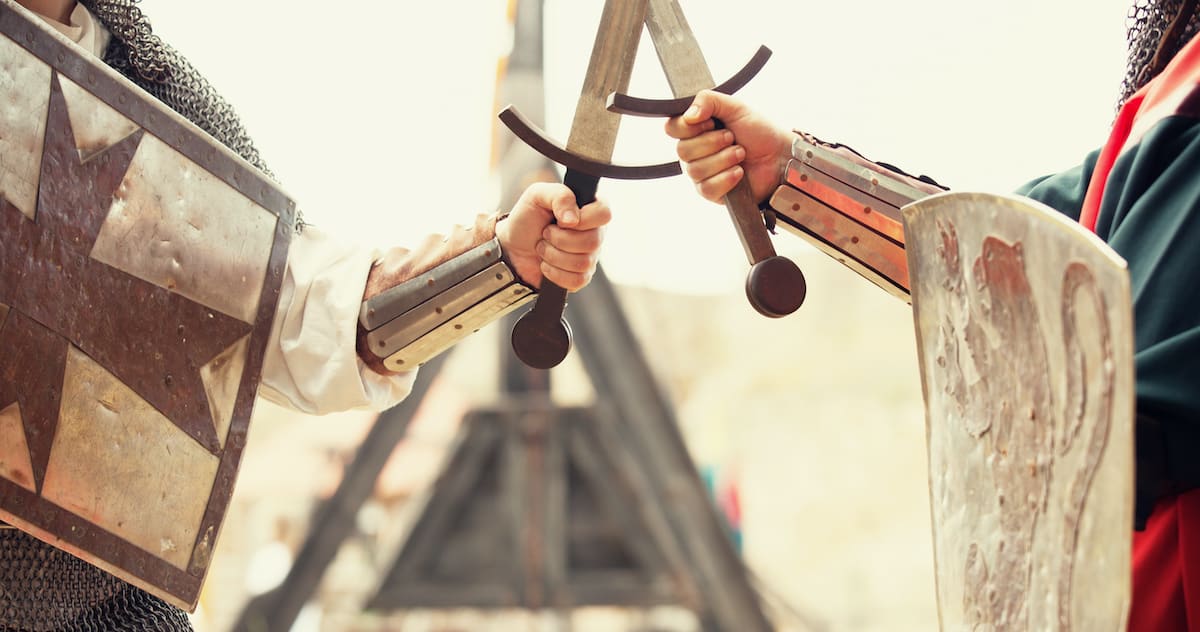 Historical Swords
Historical Swords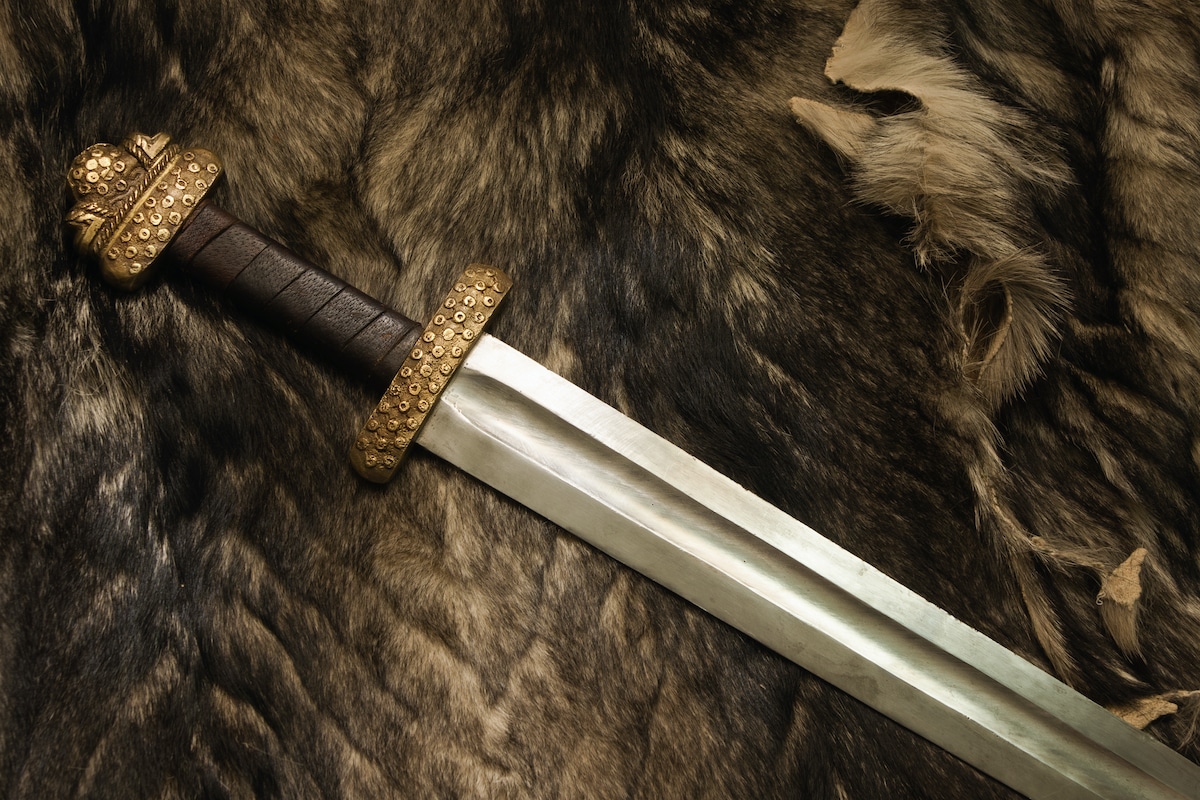 Norse & Viking Swords
Norse & Viking Swords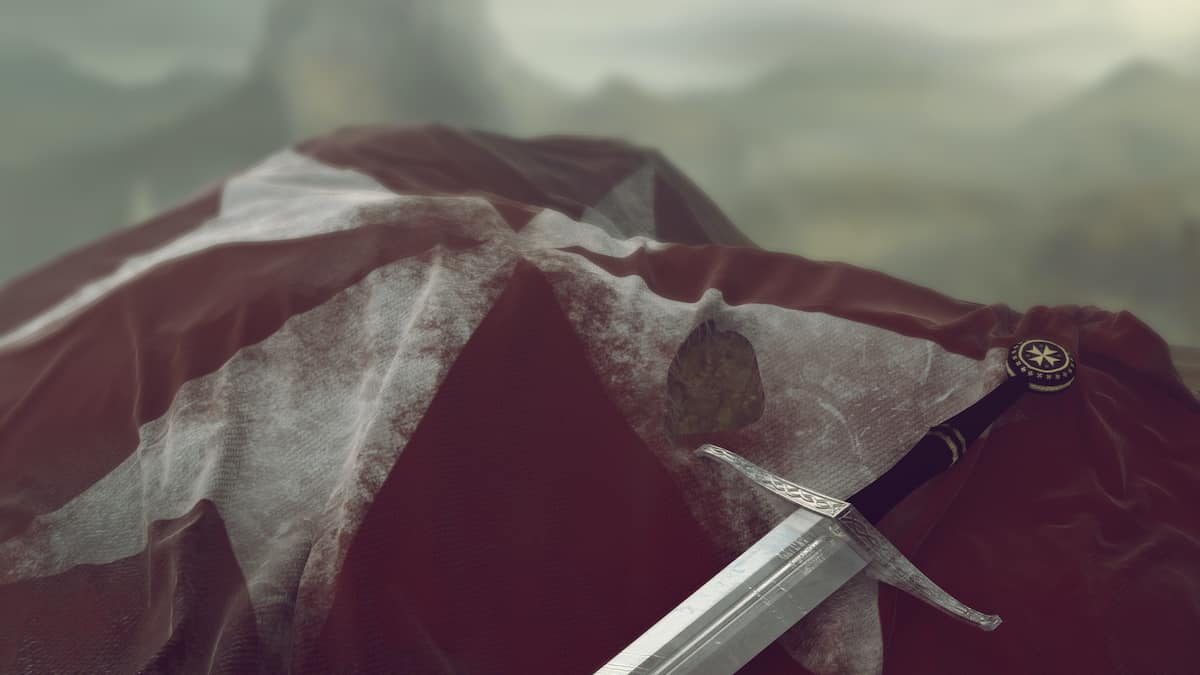 Templar Swords
Templar Swords Claymore Swords
Claymore Swords Fantasy Swords
Fantasy Swords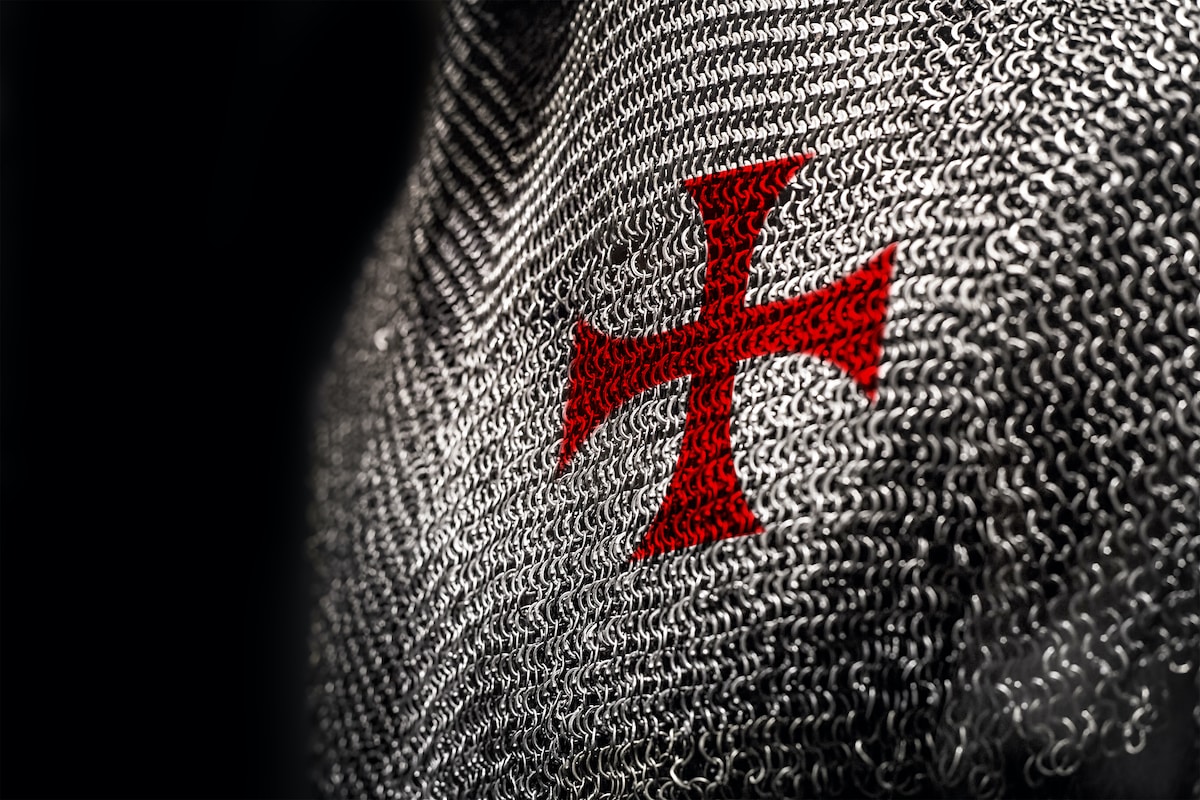 Chainmail
Chainmail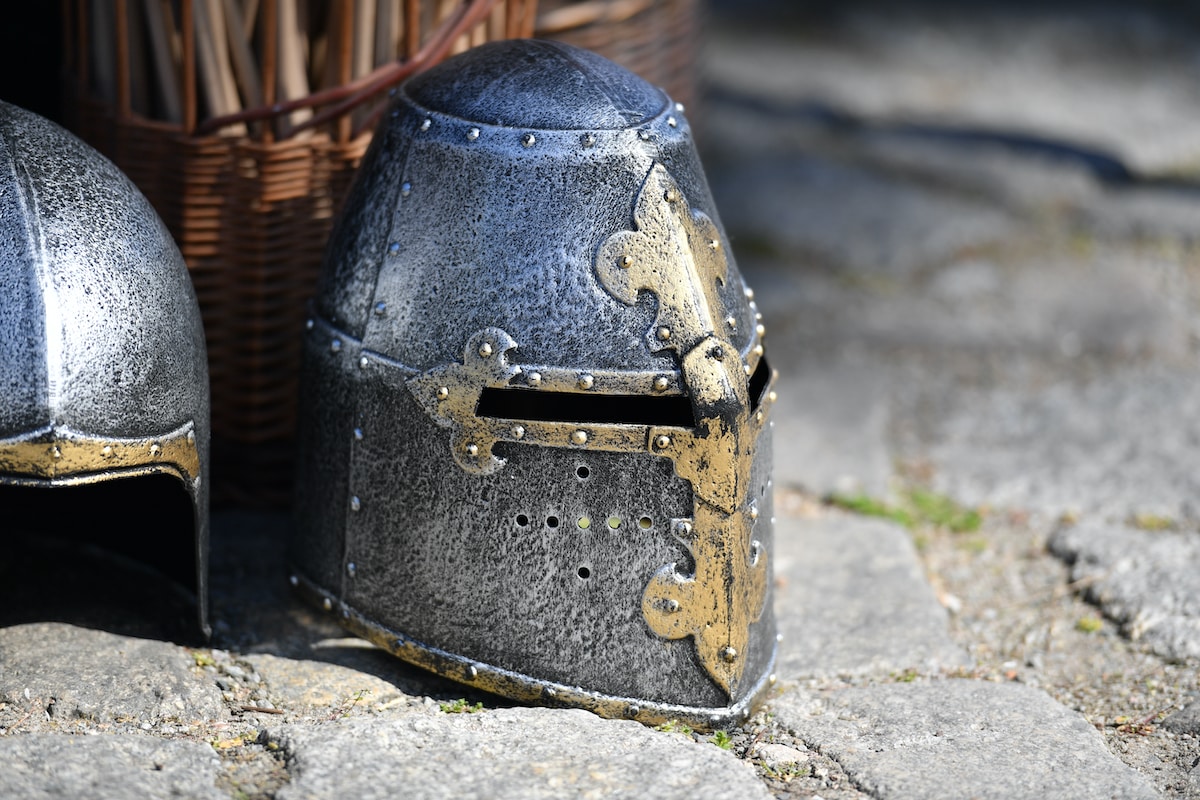 Helmets
Helmets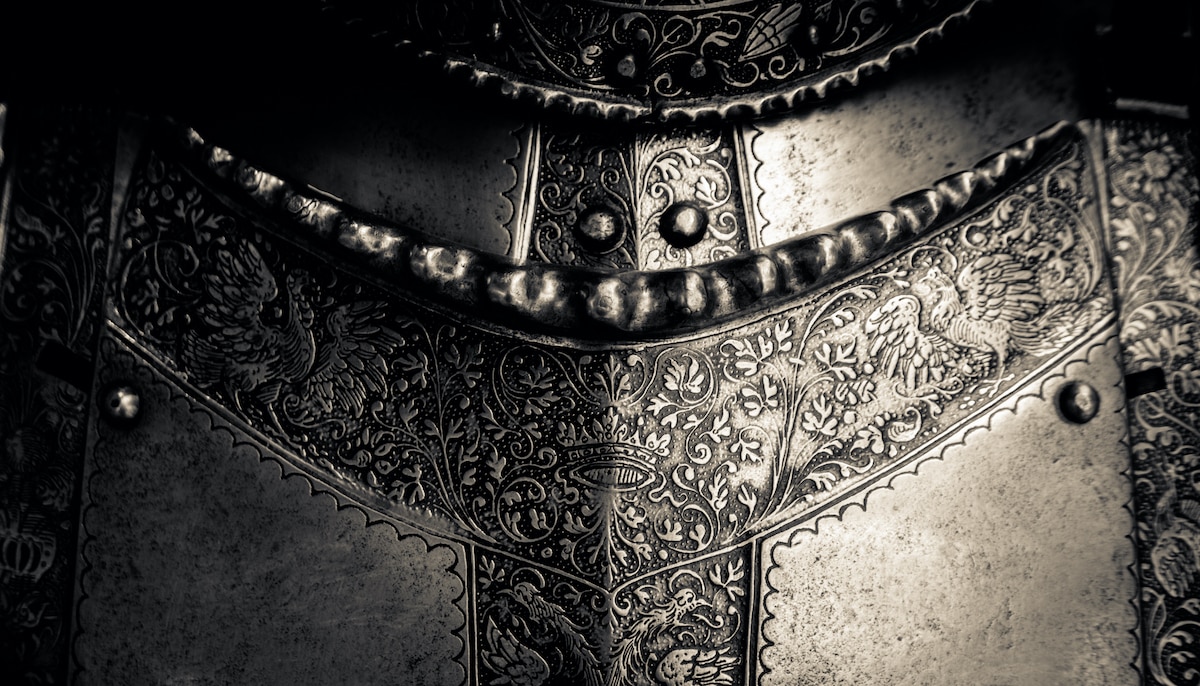 Torso Armor
Torso Armor Bracers and Arm Protection
Bracers and Arm Protection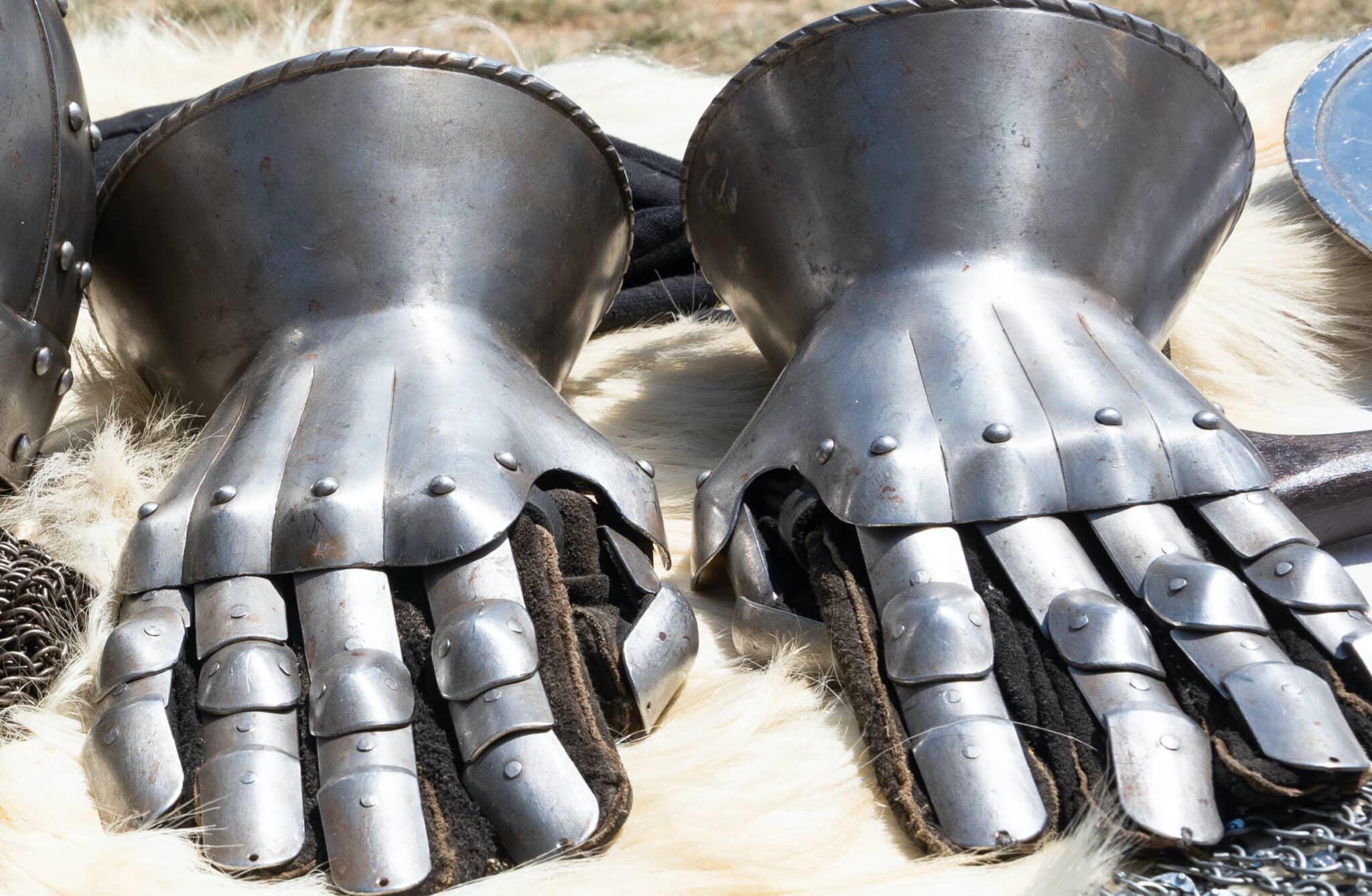 Gauntlets
Gauntlets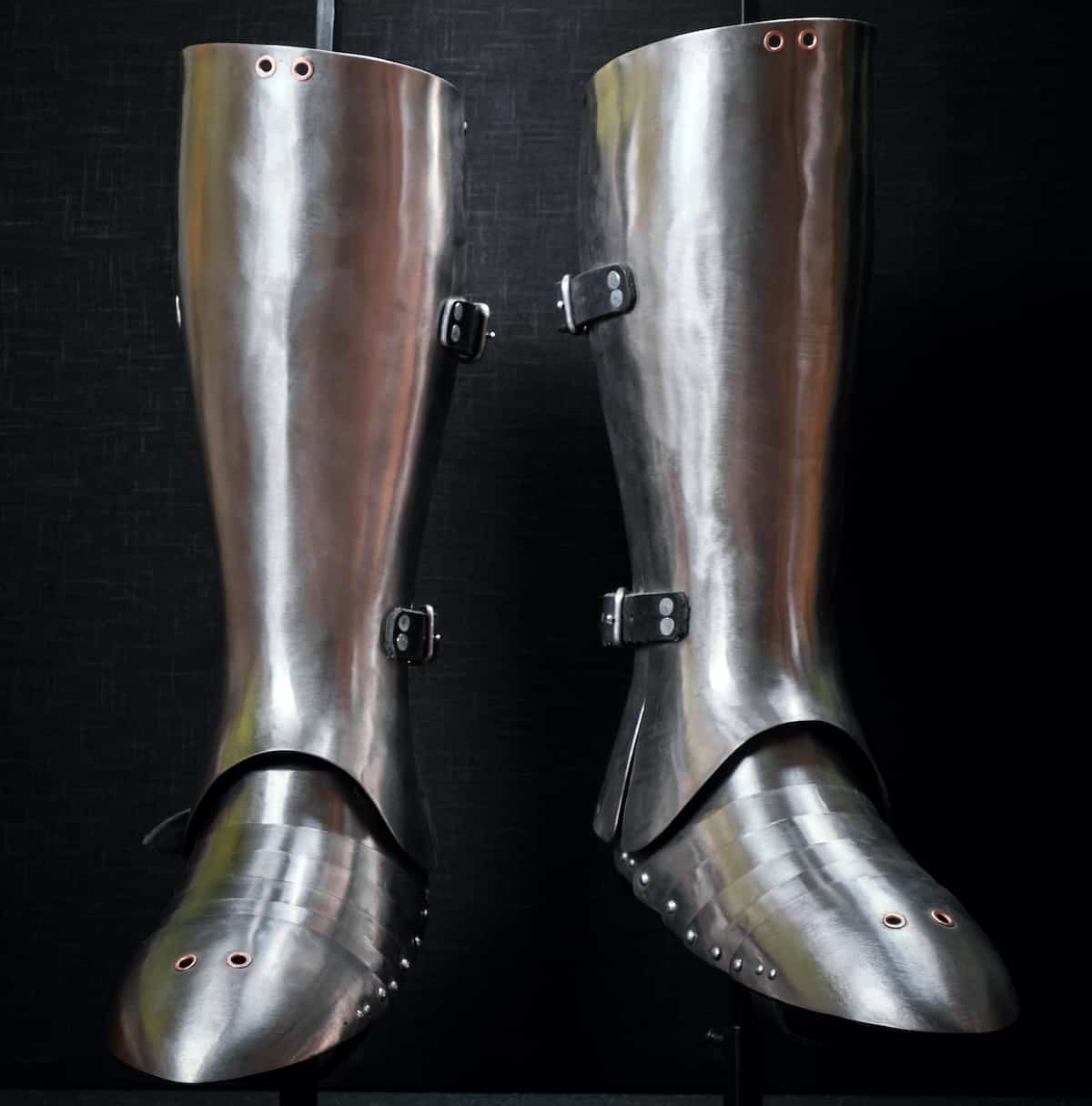 Leg Armor
Leg Armor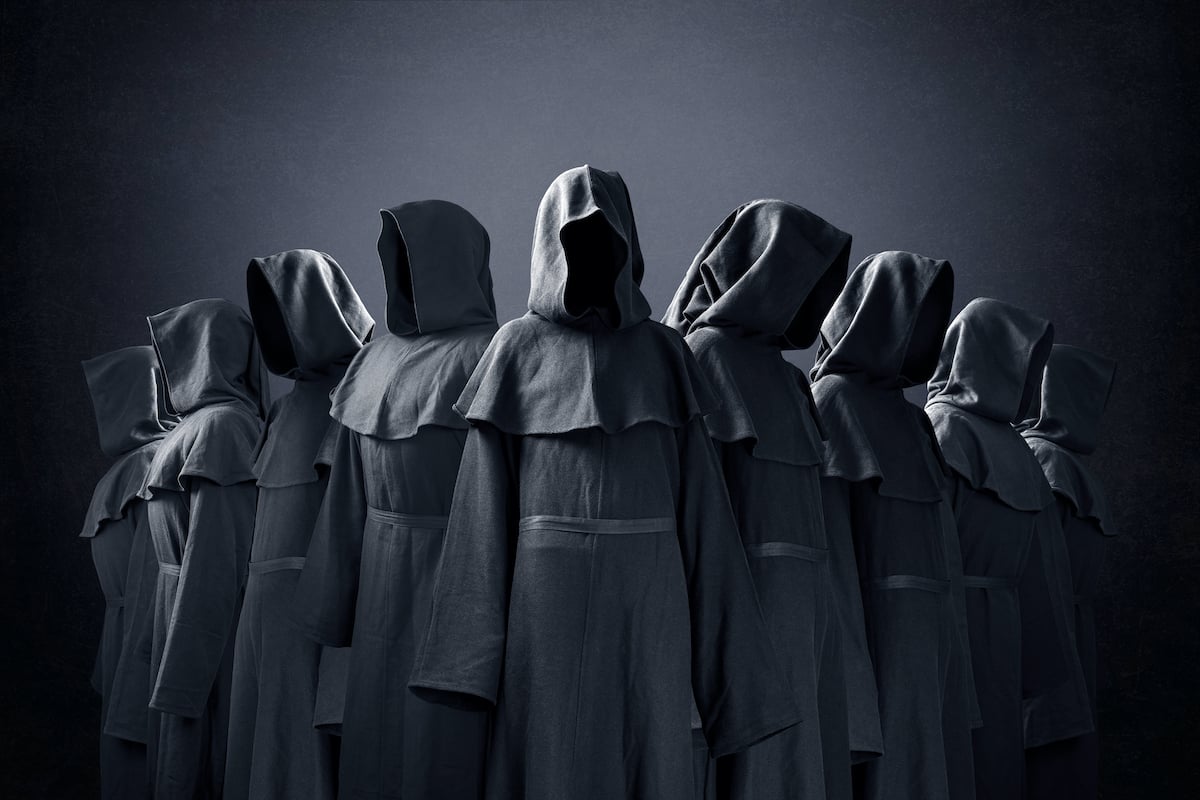 Cloaks
Cloaks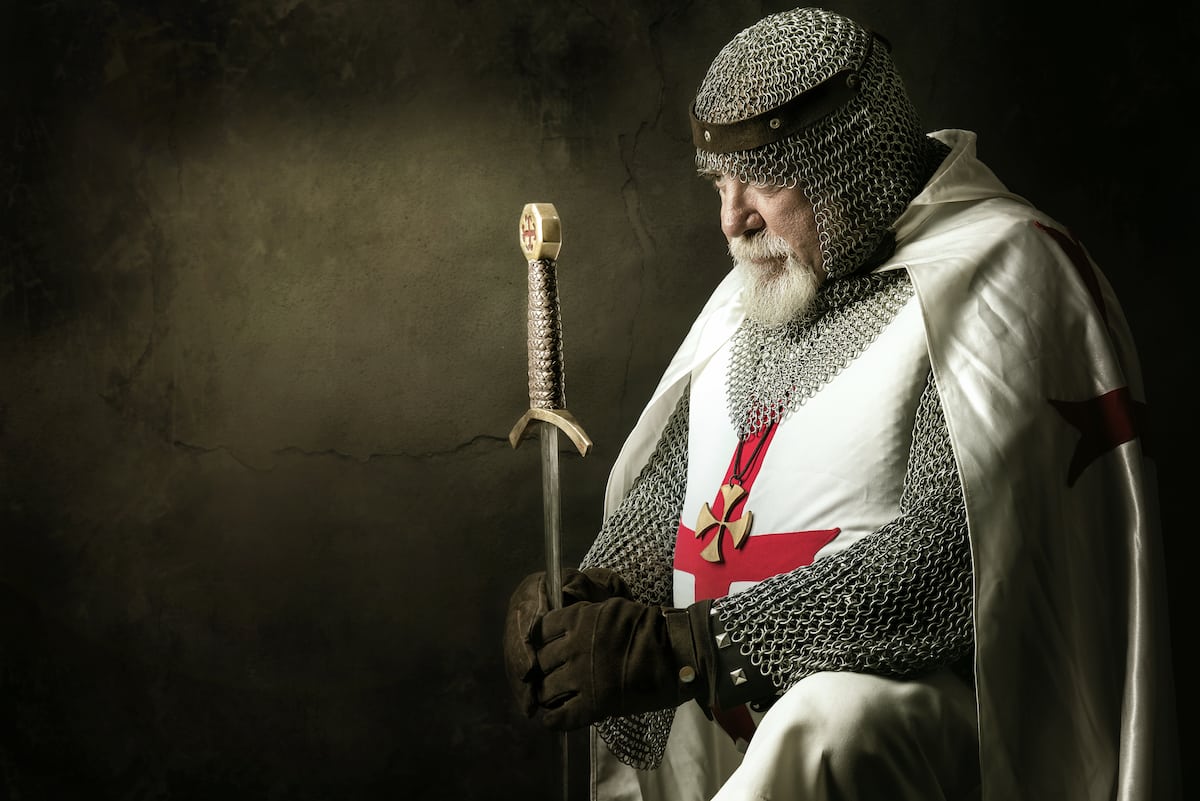 Tabards
Tabards Shirts
Shirts Tunics
Tunics Dresses
Dresses Pants
Pants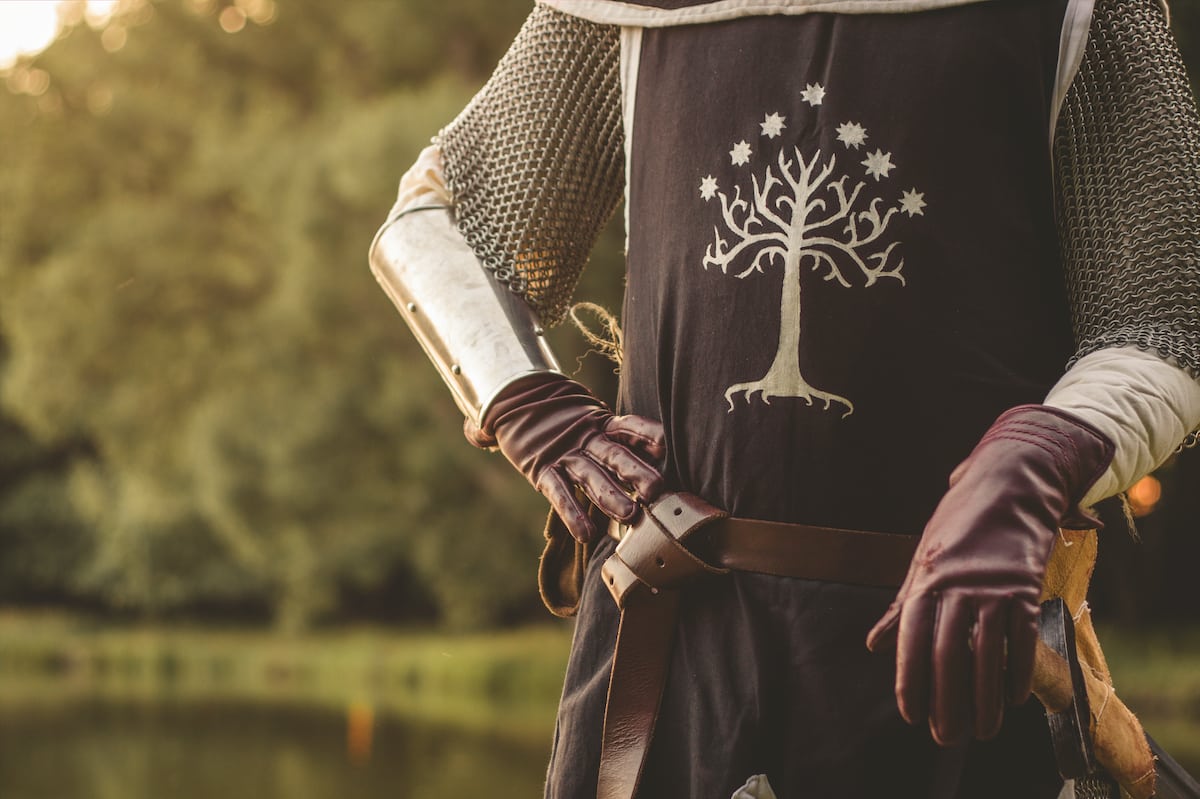 Gloves
Gloves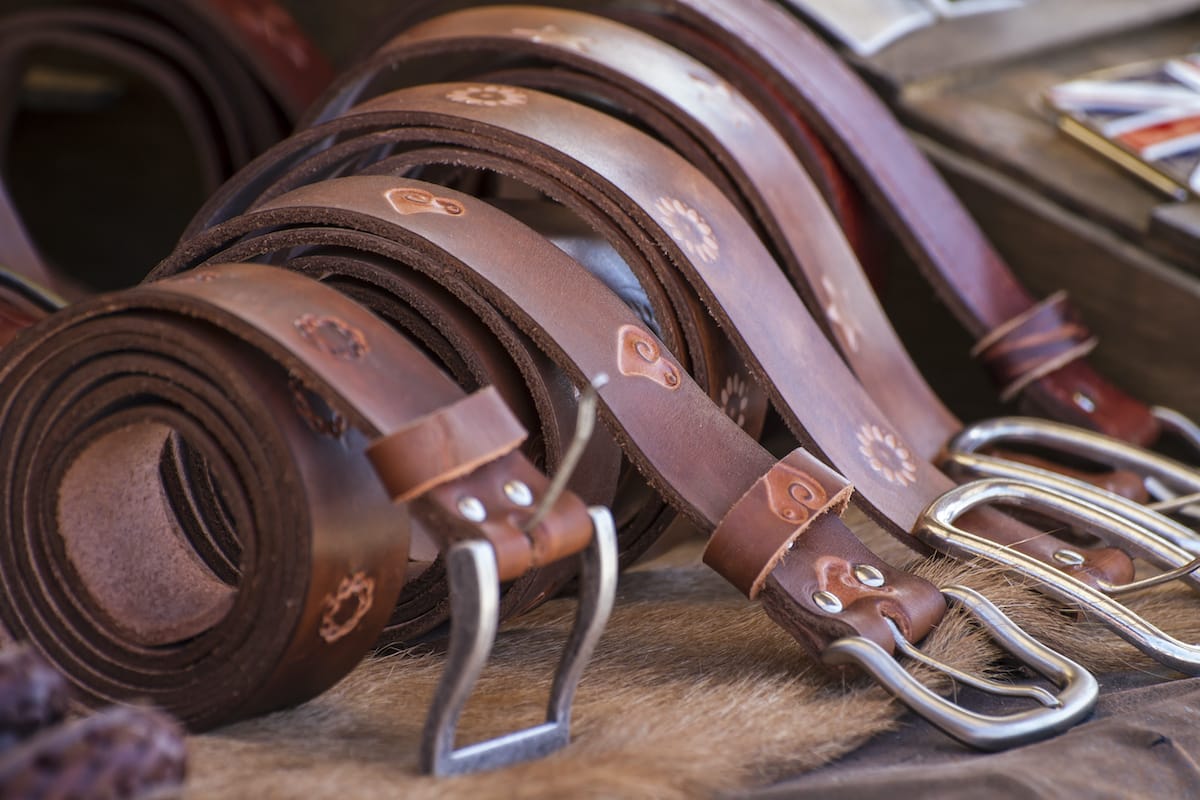 Belts
Belts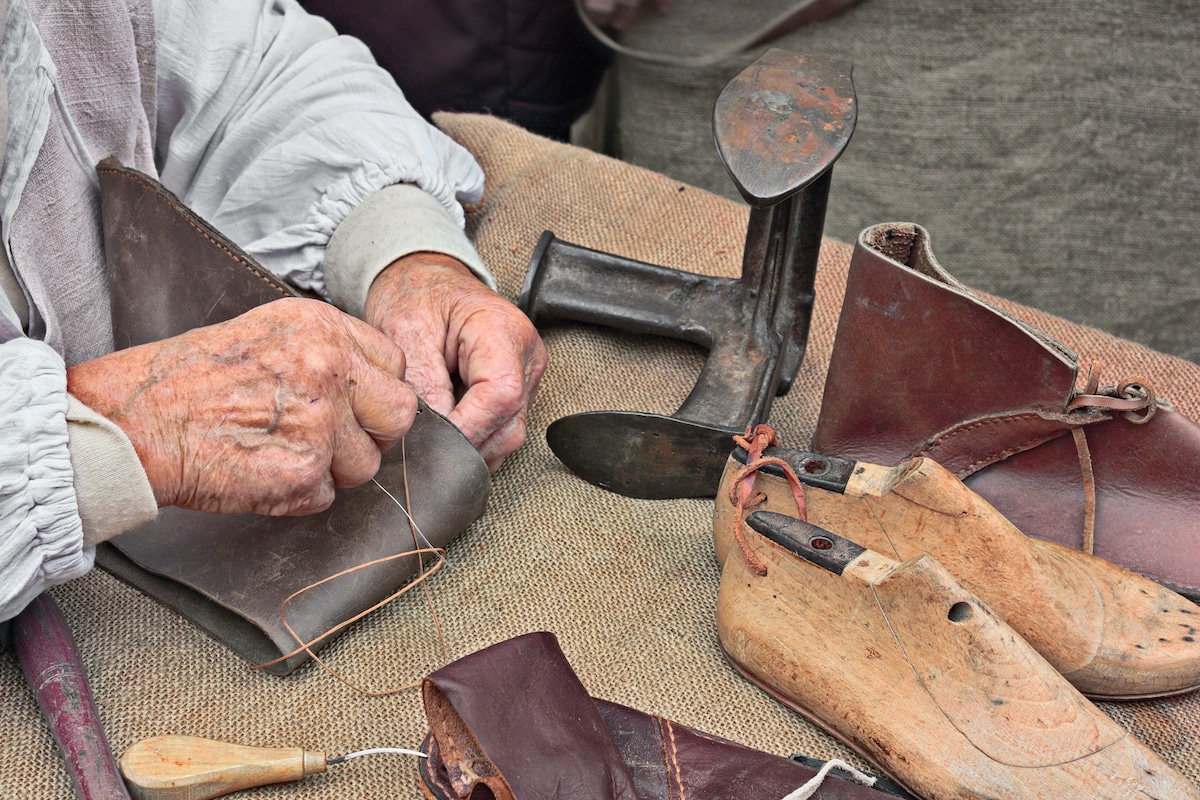 Shoes
Shoes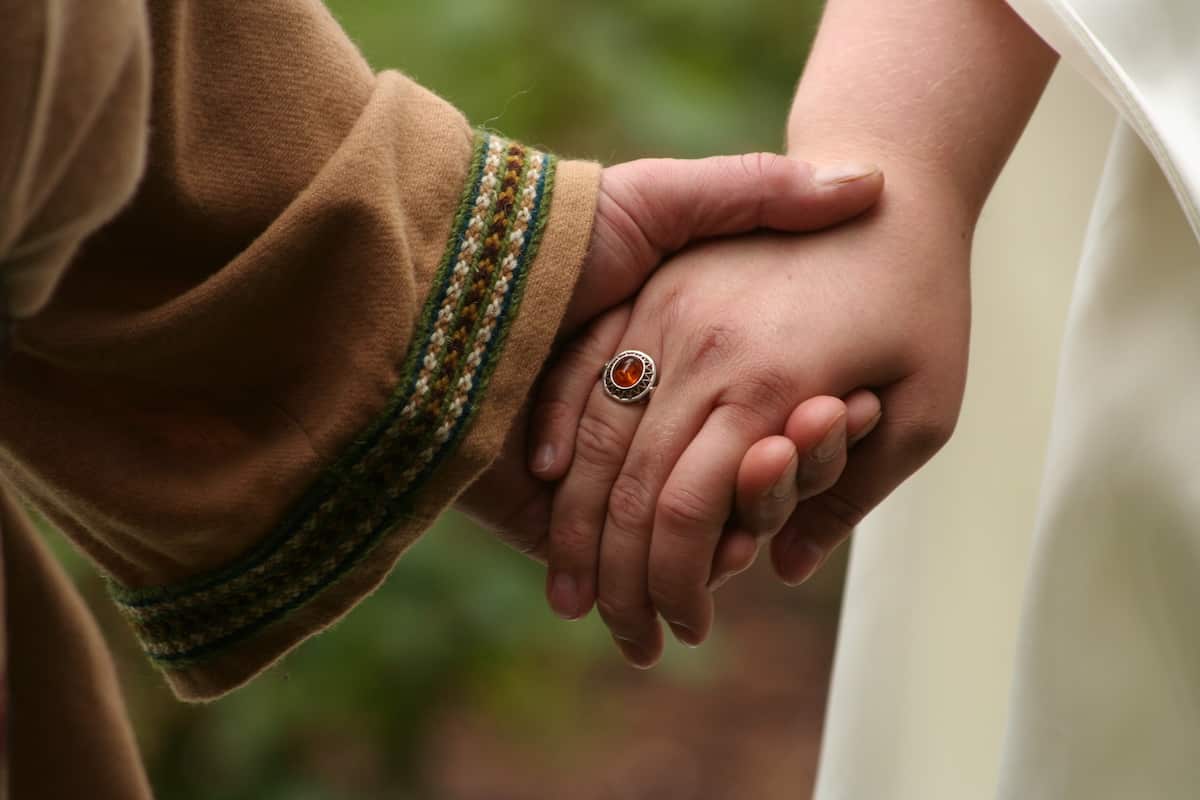 Rings
Rings Necklaces & Pendants
Necklaces & Pendants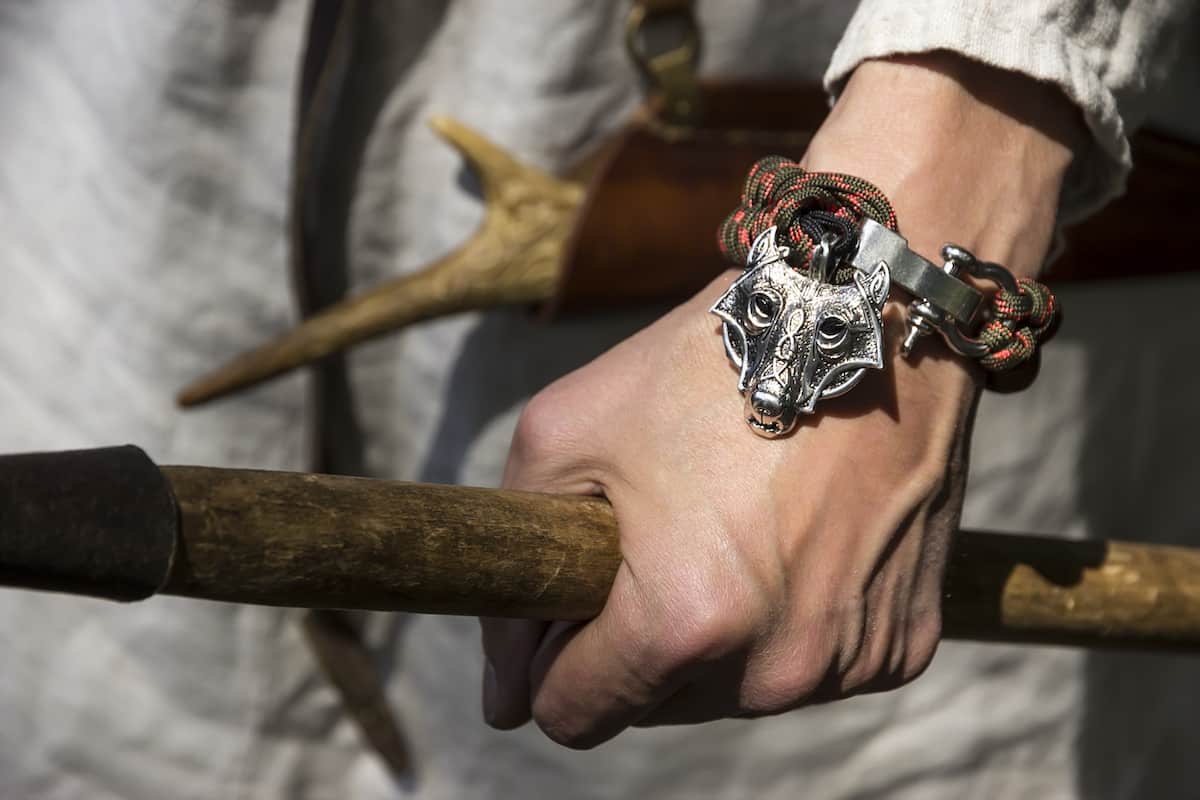 Bracelets
Bracelets